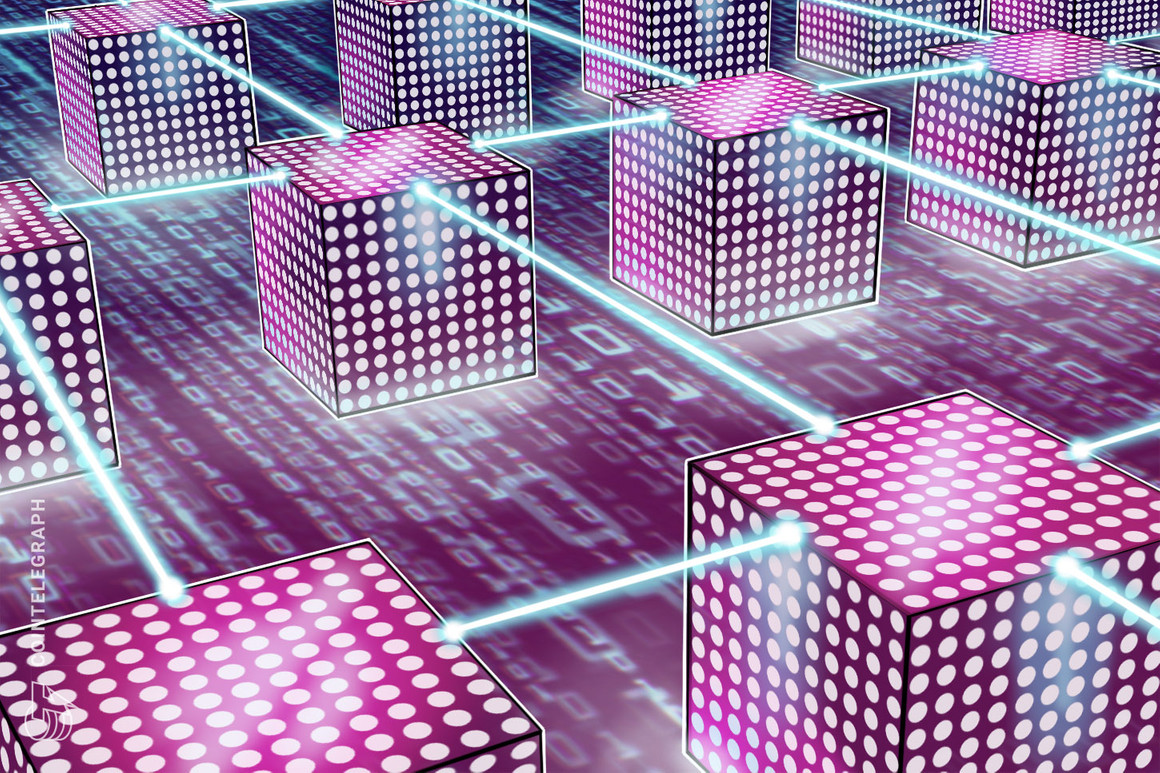Web3 — the third generation of the internet — refers to a decentralized and distributed version of the web that uses blockchain technology, and other
Web3 — the third generation of the internet — refers to a decentralized and distributed version of the web that uses blockchain technology, and other decentralized technologies, to enable greater user control, privacy and data ownership. It aims to redefine how we interact with digital services, moving from traditional centralized models to decentralized peer-to-peer networks.
At its core, Web3 is built on blockchain technology, which is a distributed ledger that maintains a cryptographically-secured, continuously growing list of records called blocks. This decentralized nature enables direct peer-to-peer interactions.
Web3 brings several key features and capabilities with the potential to revolutionize high-storage applications. Examples of high-storage applications include content delivery networks (CDNs) to host images and other visual media, online gaming platforms, and blockchain-based websites.

Unlike traditional centralized systems, Web3 ensures that no single entity has complete control or ownership over data. This decentralized approach makes the data resistant to censorship, manipulation, or single-point-of-failure risks, thereby enhancing data integrity and availability.
Harrison Hines, CEO and Co-founder of Fleek — a decentralized development platform — told Cointelegraph, “The well-designed protocols powering Web3 ensure decentralization through their network architecture, cryptography and token-economic incentive system.” He added:
“The benefits of this approach largely center around being trustless, permissionless, tamper-proof and censorship-resistant. These are increasingly important problems/issues, especially on corporate-owned Web2 cloud platforms, and Web3 does a great job addressing them.”
Ankur Banerjee, chief technology officer at Cheqd — a decentralized payments and identity platform — also weighed in, telling Cointelegraph, “Focusing specifically on decentralization, it provides resiliency away from single providers. There have historically been lots of outages due to cloud providers failing, e.g., only a week ago, Microsoft Outlook was down, and in January, Outlook, Teams, and 365 were all down, which shows the danger of centralization. Facebook’s global outage in 2021 took down not just their services, but large parts of the rest of the web which relied on Facebook’s ad tracking and log in.”
Another significant aspect of Web3 is interoperability. Blockchains work independently of each other, but there are interoperability protocols that aim to connect different blockchain networks. For example, cross-chain bridges allow users to transfer assets from one blockchain to another. If leveraged correctly, interoperability can play a role in developing high-storage applications by making them accessible on multiple blockchain networks.
Web3 incorporates distributed file systems, such as the InterPlanetary File System (IPFS) and Swarm, to provide secure and scalable storage solutions for high-storage applications. These distributed file systems break down files into smaller chunks, distribute them across multiple nodes and utilize content-based addressing. In addition, by ensuring data redundancy and efficient retrieval, they enhance the reliability and performance of storage systems.
For example, Fleek enables users to build websites by hosting their files using the IPFS protocol. When a website is deployed on the network, users get an IPFS hash, and the websites are archived to Filecoin. Users have software development kits and graphical user interfaces to interact with the storage infrastructure.
Magazine: Peter McCormack’s Real Bedford Football Club puts Bitcoin on the map
Moreover, Web3 enables the use of smart contracts. Smart contracts are self-executing contracts with predefined rules and conditions encoded within the blockchain. They facilitate trustless and automated interactions, allowing high-storage applications to enforce rules, handle transactions, and manage access control for data storage and retrieval.
Web3 also introduces tokenization, where digital assets or tokens represent ownership or access rights. In high-storage applications, tokenization can incentivize participants to contribute their storage resources. Users can earn tokens by sharing unused storage space, creating a cost-effective and scalable decentralized network. Tokenization adds an economic layer to the storage ecosystem, encouraging active participation and resource sharing.
Web3’s potential for high-storage applications lies in its decentralized nature, interoperability, distributed file systems, smart contracts and tokenization mechanisms. These features provide a secure, scalable, and incentivized infrastructure for storing and retrieving large volumes of data.
What blockchain tech needs to be ready
In its current form, blockchain technology faces scalability challenges when handling large…
cointelegraph.com
